
What Makes a Kukri Different from a Machete? A Deep Dive Comparison
The kukri (or khukuri) and the machete are two of the most iconic blades used for survival, bushcraft, and chopping tasks. Though they often look similar at first glance, these blades differ greatly in design, origin, function, and cultural value. In this in-depth comparison, we explore exactly what makes a kukri different from a machete—and which one may be the better tool for your needs.
1. Origins: Where They Come From
The kukri is a traditional Nepalese blade, most famously carried by the Gurkhas, elite soldiers known for their combat prowess. It’s more than just a tool — it’s a national symbol of strength, honor, and heritage.
The machete has a long history across Latin America, the Caribbean, Southeast Asia, and Africa, where it’s used primarily for agriculture, jungle work, and clearing vegetation. It’s a practical tool first and foremost, with fewer symbolic associations.
2. Blade Design and Form Factor
Kukri: The blade features a distinct inward curve, with weight concentrated toward the tip. This makes it excellent for powerful chopping, almost like an axe in blade form.
Machete: Typically features a straight or slightly curved blade with a longer reach. It’s lighter and designed for fast, sweeping cuts through soft vegetation and brush.
3. Kukri vs Machete – Functional Comparison
| Feature | Kukri (Khukuri) | Machete |
|---|---|---|
| Blade Shape | Curved with widened belly | Straight or gently curved |
| Blade Length | 10 to 15 inches | 12 to 24 inches |
| Weight Balance | Forward-heavy for impact | Balanced for speed and repetition |
| Primary Use | Survival, bushcraft, heavy-duty chopping | Brush clearing, farming, jungle use |
| Combat Suitability | High – used by Gurkhas in battle | Low – rarely used in modern combat |
| Cultural Significance | Strong – ceremonial and military roots | Practical – agricultural tool with utility |
4. Performance in the Field
Kukri: Perfect for close-range chopping, carving wood, and performing tasks that require a strong impact. Due to its shape and mass, it cuts deeper with less effort. It’s also a compact blade that’s easy to carry in the wild.
Machete: Designed for speed, reach, and large-area clearing. Ideal in jungle environments where repetitive swinging is required. Though less powerful per cut than a kukri, its longer blade makes up in range.
5. Which Blade Is Better for You?
Choose a kukri if:
- You need a multi-functional chopping tool
- You value heritage, combat history, or bushcraft utility
- You want something compact but powerful
Choose a machete if:
- You need to clear vegetation over large areas
- You want a lightweight, long-reach blade
- You work in farming, forestry, or jungle environments
Conclusion: Kukri or Machete?
While both tools are great for survival and field work, the kukri is a heavy-duty, heritage blade built for power and precision. The machete is a versatile, lightweight blade made for range and speed. Understanding their differences helps you choose the right blade for your specific needs—whether for work, wilderness, or collection.



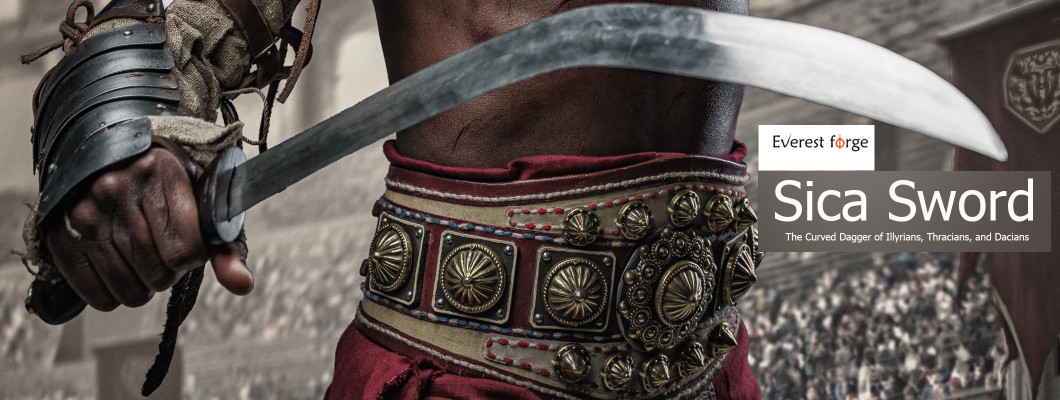
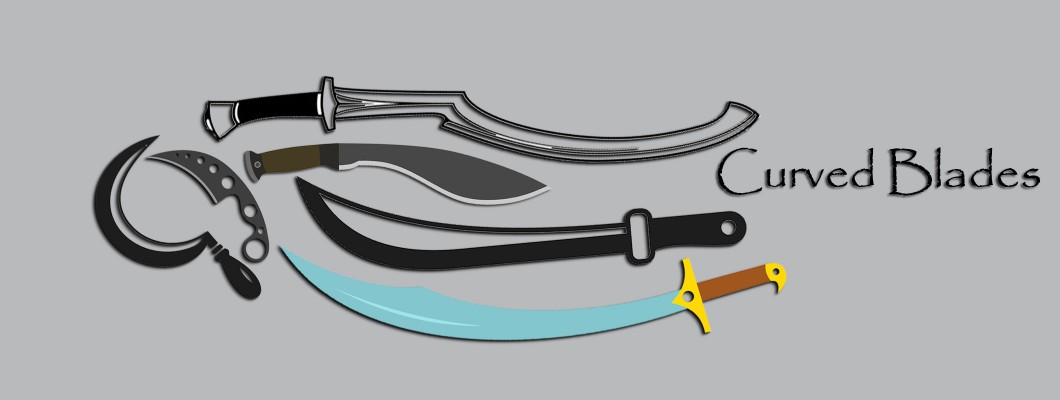
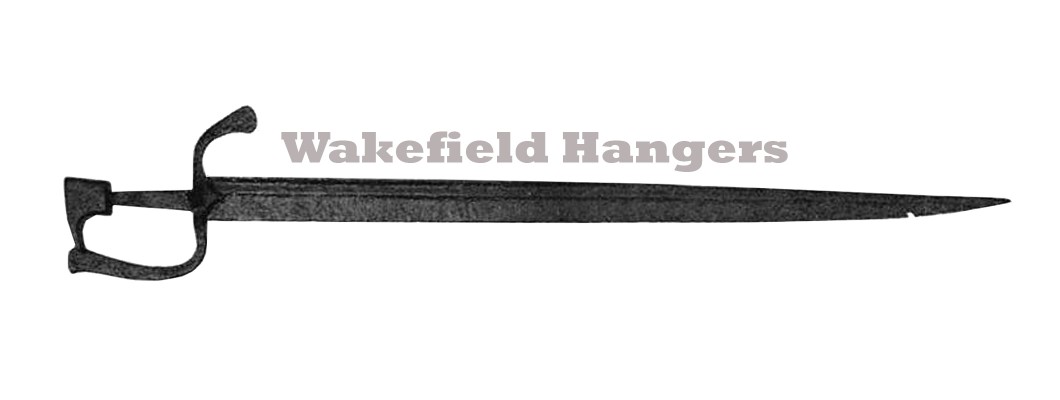
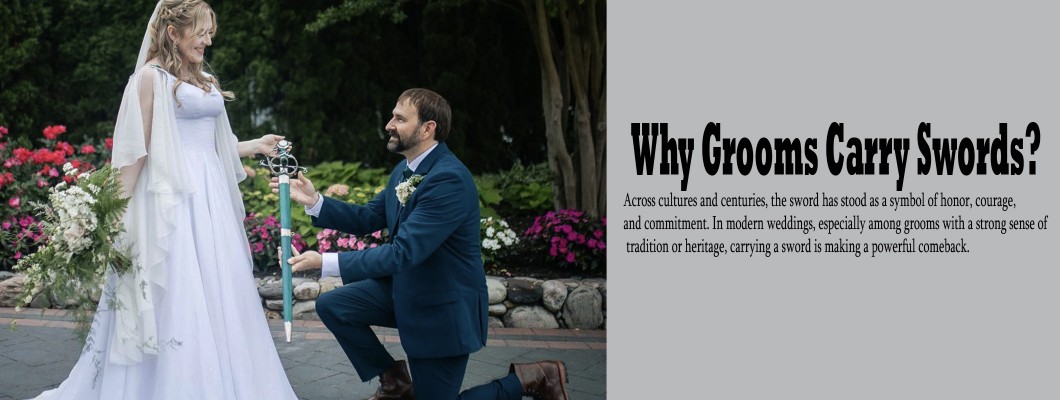
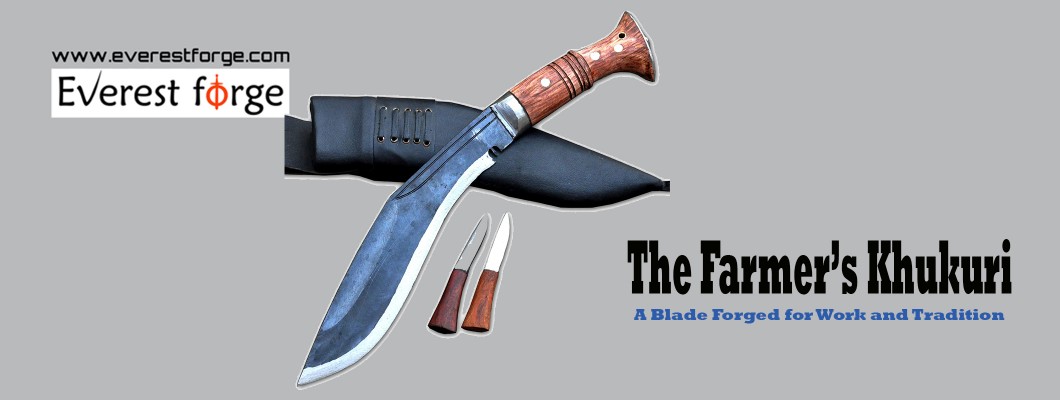
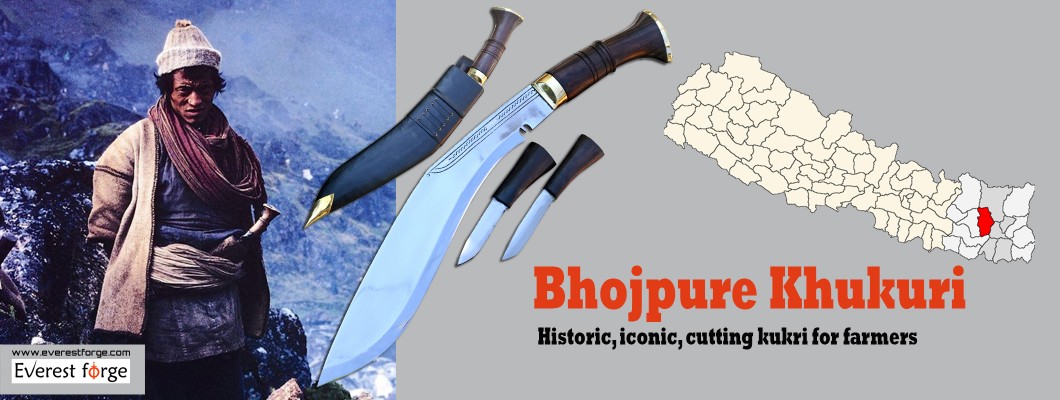
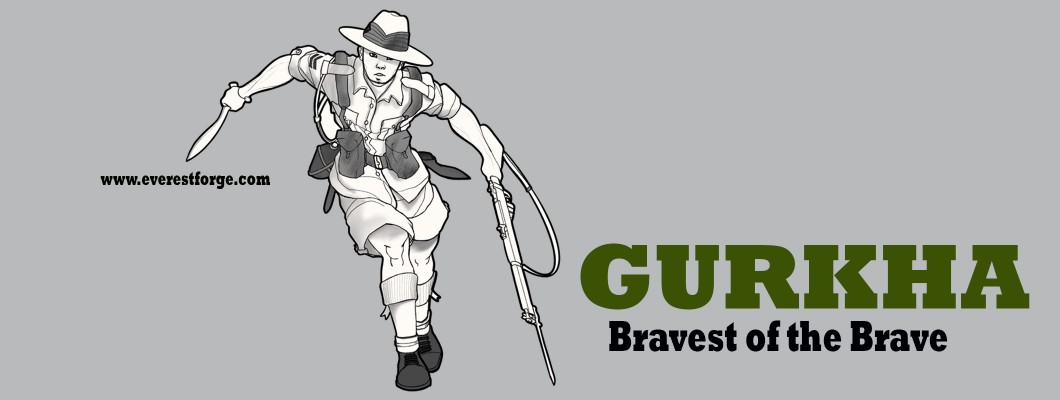
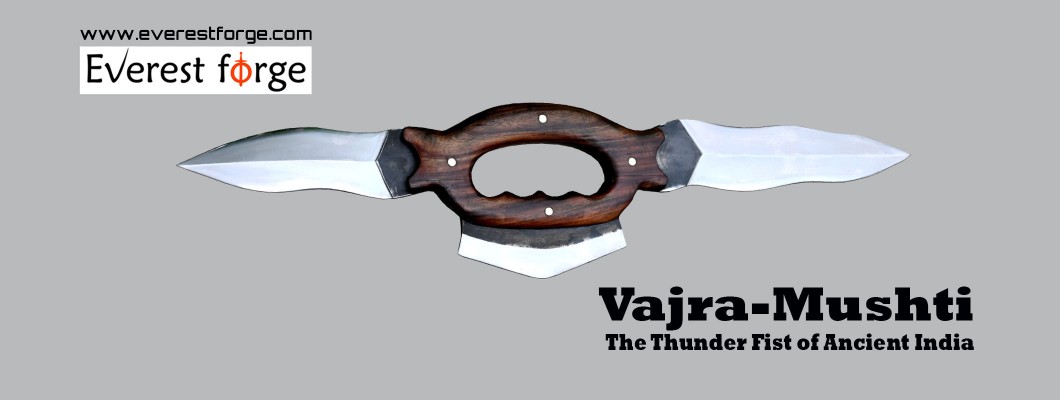
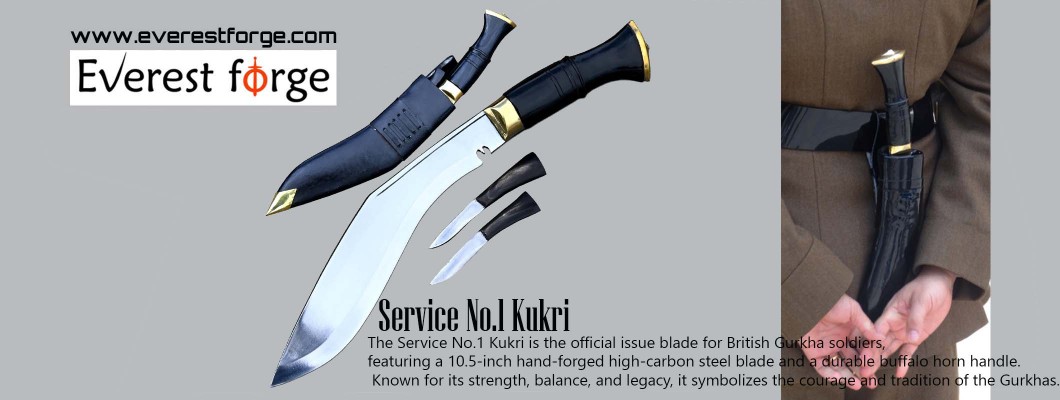
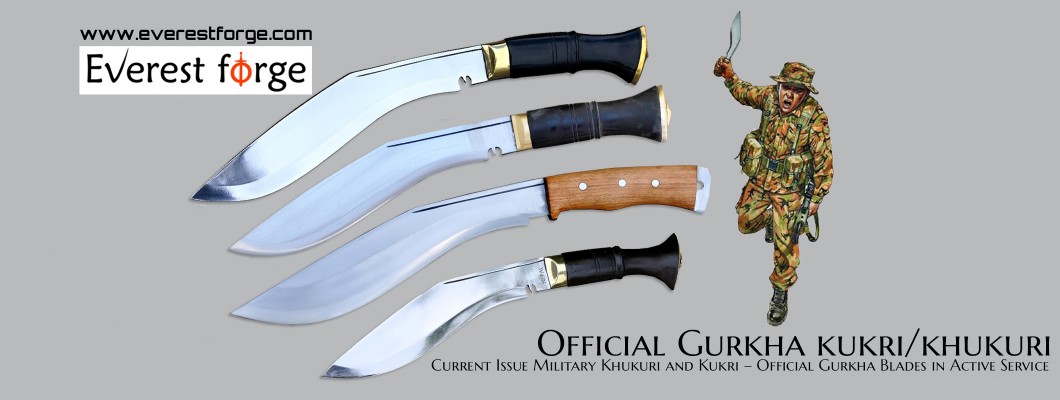
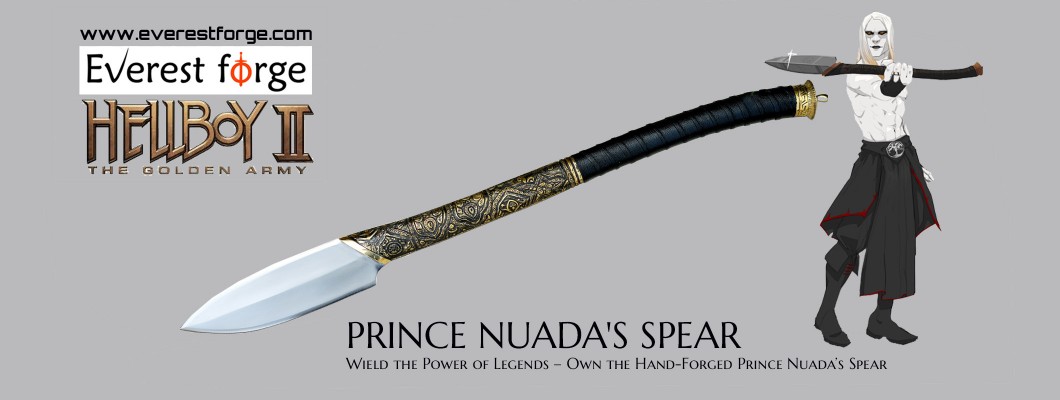

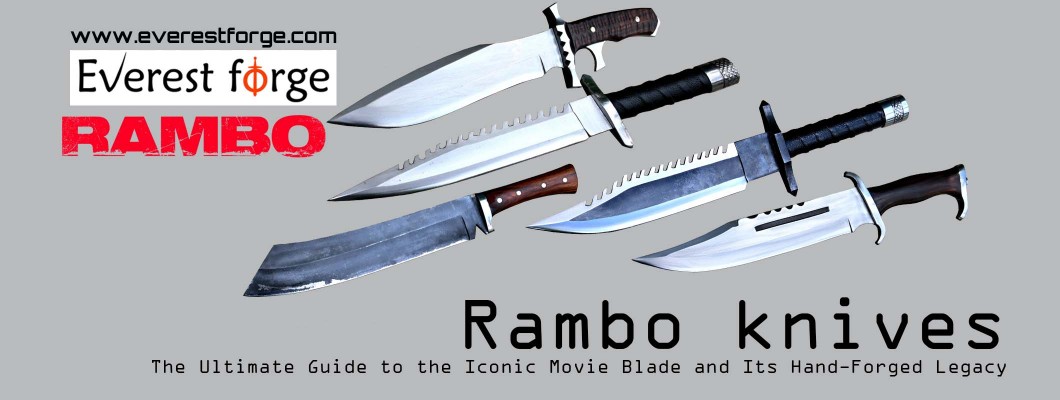





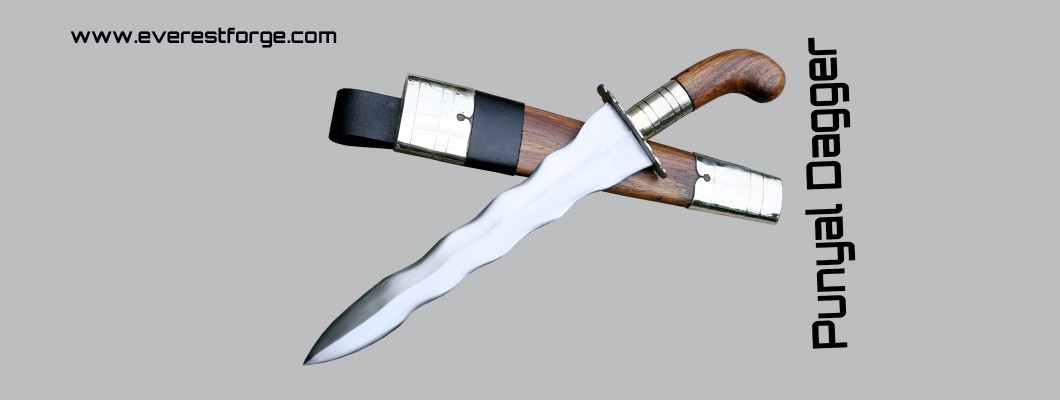
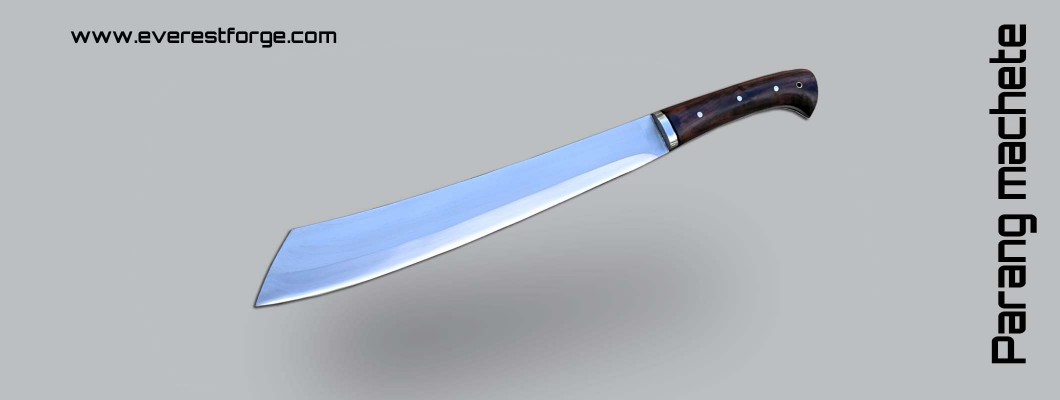
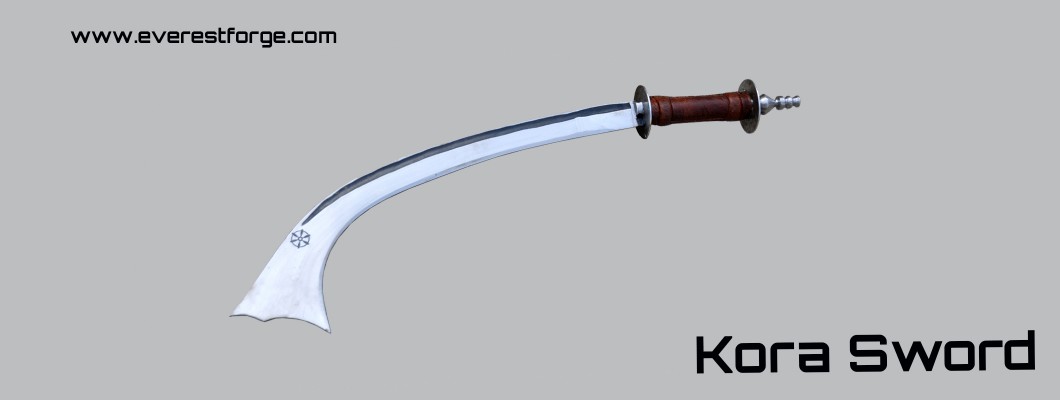
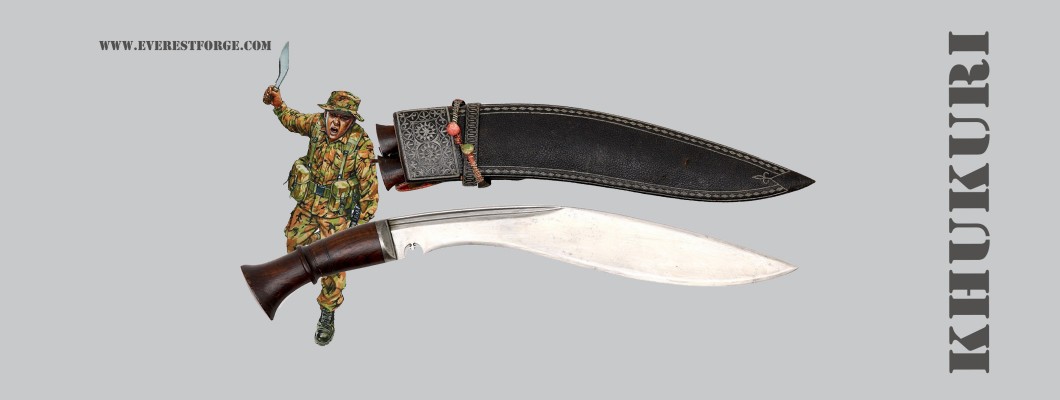
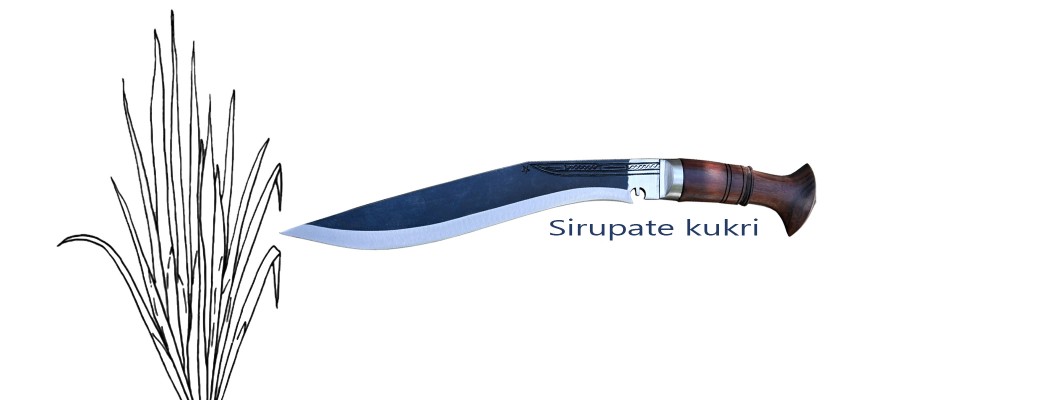
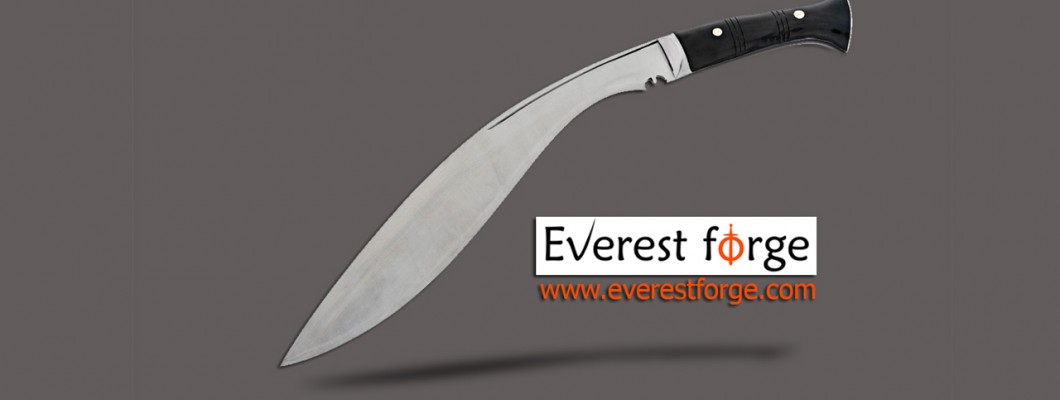
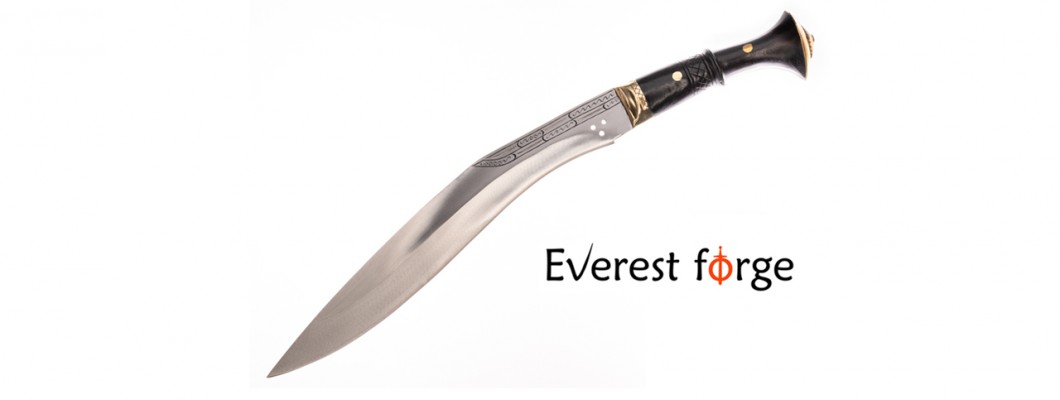
Leave a Comment